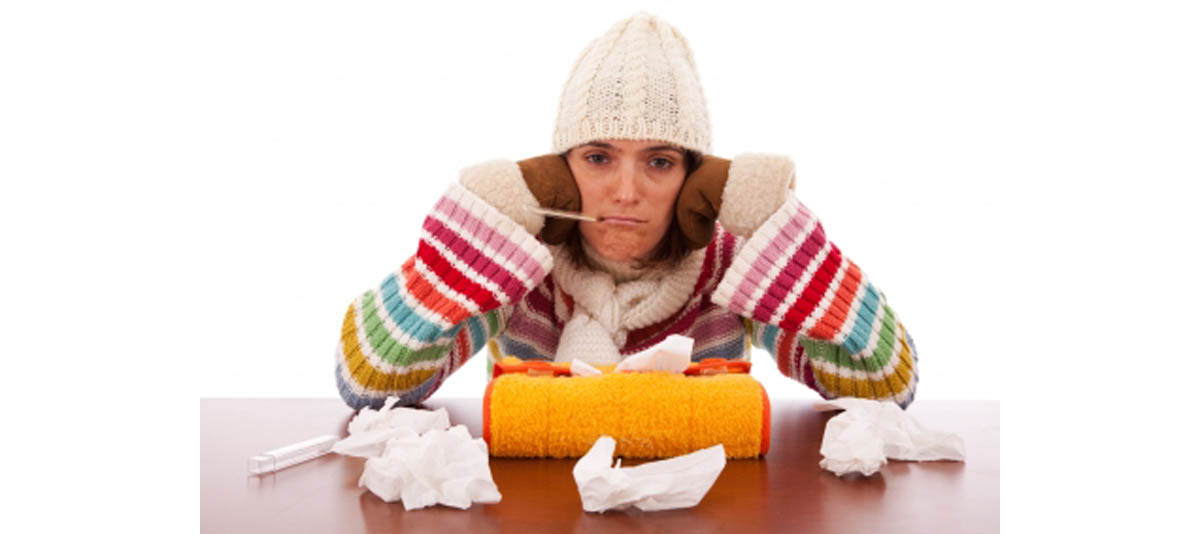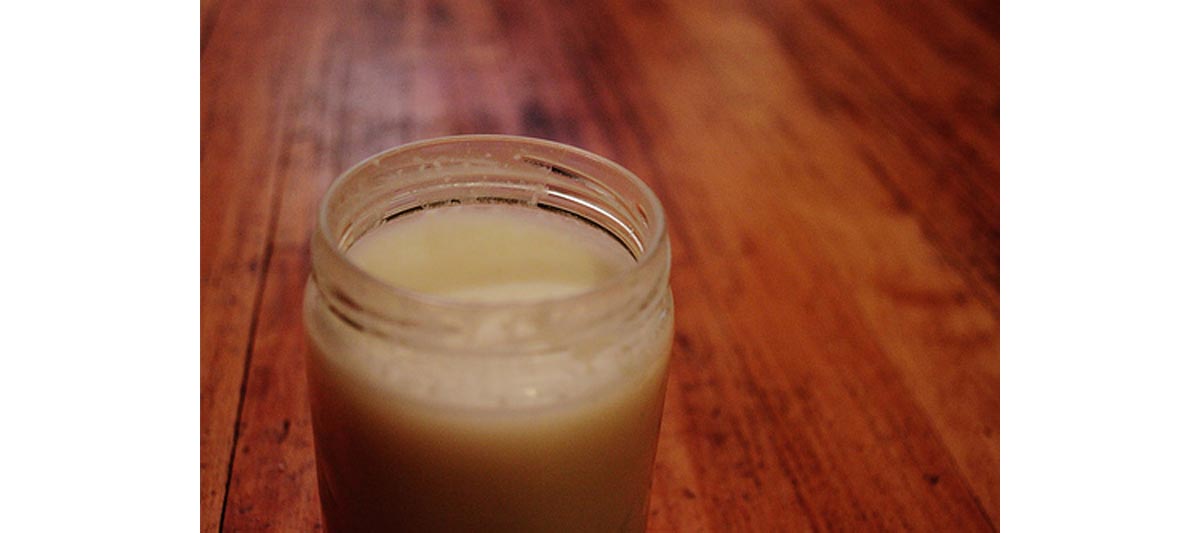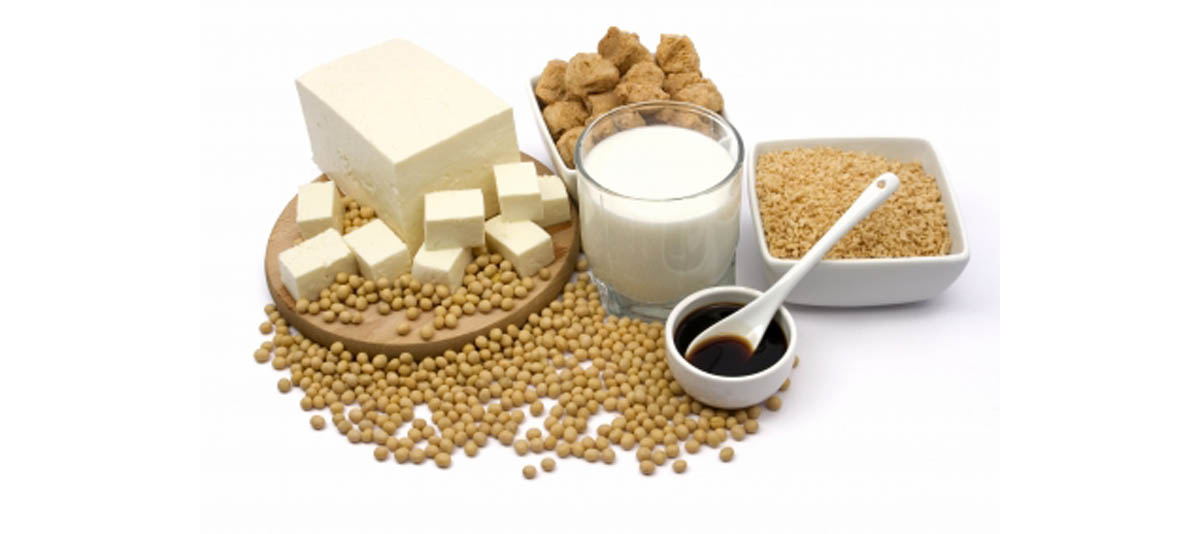In many parts of the Northern Hemisphere, the winter of 2010-2011 is already shaping up to be among the coldest in history—and there has even been summer snow in Australia. Fighting off the cold takes its toll on the human body in many ways.
Climate change affects the climate in many different ways — not just making everything warmer. This means you might notice heavy snow in places where it usually rarely snows. Even if your region doesn't often get very cold, it's always good to be prepared. Fighting of the cold takes its toll on the human body in many ways.
Warm blankets, winter coats, and wooly scarfs and hats aren't all there is to keeping warm in the freezing winter. Certain cold-fighting foods can play a very important role in keeping you warm. What food can help you stay warm this winter? Let's take a look at some of the foods you should be keeping in your kitchen to stay toasty.
Food to Keep You Warm
There can be reduced resistance to infection, increased inflammation, and those tiny lapses of mental concentration and muscle strength that often lead to "fumble fingers" and often lead painful or disabling falls and crashes. One of the easiest ways to keep warm, however, is to eat the right food.Taking a cue from rural Europe

Fighting winter cold is hard exercise. The simple fact is that it takes a lot of calories to shiver. When we shiver to produce body heat, our fat cells produce enzymes that make stored body fat more liquid. It flows more easily out of fat cells and into the bloodstream to picked up by muscles for use as fuel. And while we are shivering, our muscles are temporarily 50 times more sensitive to insulin, making them magnets for both fat and sugar to be burned to keep the body warm. As the winter wears on, our bodies can burn fat up to 60 per cent faster just to produce heat. (Yes, cold exposure is a good way to lose weight.)
Moving around keeps you warm
It also takes calories to move around. Scientists in Trondheim, Norway, where hypothermia is problem for people involved in sea transport and fisheries all year round, have found that just keeping the legs in motion greatly slows body cooling. Moving the legs for 5 minutes (by walking around, stomping on the ground, or doing squats) slows the onset of hypothermia by 2/3. Relying on winter clothing, unless it contains heating units woven into the fabric, just is not enough to fight off the worst of winter cold.Good Fats and Bad Fats for Keeping Warm
 It is hard to imagine a "bad fat" that is any worse than lard, but this centuries-old dietary staple is actually the world's most common cold-fighting food. In fact, it's the "badness" of lard that makes it so useful for fighting cold.
It is hard to imagine a "bad fat" that is any worse than lard, but this centuries-old dietary staple is actually the world's most common cold-fighting food. In fact, it's the "badness" of lard that makes it so useful for fighting cold.The usually "good" n-3 essential fatty acids and the usually "bad" n-6 essential fatty acids help the body make regulatory hormones known as prostaglandins. When we eat more of the "good" fatty acids, our bodies make more of the prostaglandins that reduce blood pressure, stop inflammation, and cool the body down. When eat more of the "bad" fatty acid, our bodies make more of the prostaglandins that increase blood pressure, activate the immune system to make inflammatory chemicals that fight disease, and warm the body up.
Lard, of course, is not the only source of the so-called bad essential fatty acids. You can also get these essential fatty acids from butter, bacon, eggs, beef, corn oil, soybean oil, and commercially processed snack foods. Fighting cold is the one time that it's actually better for you to get more of these fats. But if you aren't out and about actually in the cold, then it's a healthy diet as usual that is best for you! You do not need to stop eating healthy fats, but you can allow yourself more of these traditional winter foods.
If you find yourself packing on the pounds as winter continues, try jotting down everything (absolutely everything) you eat for three days. If you have cravings for sugar, especially after sundown, then your brain may be stimulating your appetite so it can more easily use the amino acid tryptophan to make the mood chemical serotonin. The remedy for this problem is to get more light, whether actual sunlight or a sunlight, in the early morning, preferably for 20 to 40 minutes before 9 a.m. This helps your brain "reset" so you don't crave as many sweets.
Read More: Natural Cold And Flu Remedies
Hormones and Staying Warm
 If you just cannot bring yourself to eat more fat to fight off winter cold, there is one other thing you can to fend off hypothermia: Get plenty of sleep. During sleep, your body makes the hormone leptin. This hormone plays many roles in regulating fat burning and appetite, including the burning of fat to make body heat. Leptin regulates the speed at which signals are sent to white fat cells telling them that they need to release fatty acids to the bloodstream to fuel shivering, and the speed at which signals are sent to brown fat cells telling them to burn fat to create heat directly.
If you just cannot bring yourself to eat more fat to fight off winter cold, there is one other thing you can to fend off hypothermia: Get plenty of sleep. During sleep, your body makes the hormone leptin. This hormone plays many roles in regulating fat burning and appetite, including the burning of fat to make body heat. Leptin regulates the speed at which signals are sent to white fat cells telling them that they need to release fatty acids to the bloodstream to fuel shivering, and the speed at which signals are sent to brown fat cells telling them to burn fat to create heat directly.If you have type 2 diabetes, or if you have a prediabetic condition known as insulin resistance, your body is not as sensitive to leptin. You still need to get rest, but it also helps for you to avoid sugar and sugary foods so your body is more sensitive to both insulin and leptin. Fat, oddly enough, is not especially harmful to diabetics who are exposed to cold, although sugar is.
To a certain extent, if you have diabetes or prediabetes, it can be helpful to fight the cold by eating soy as a major protein source. During the winter months, phytochemicals in soy can help restore normal function to the fat cells that are so important for keeping you warm. Just an ounce or two a day (15-30 g) of tofu, miso, or edamame, however, is all your body really can use to begin to recover the hormonal balance staying warm requires. It's a lot better if you simply avoid eating too much sugar and too many carbs.
- Faerevik H, Reinertsen RE, Giesbrecht GG. Leg exercise and core cooling in an insulated immersion suit under severe environmental conditions. Aviat Space Environ Med. 2010 Nov, 81(11):993-1001
- Oliva ME, Selenscig D, D'Alessandro ME, Chicco A, Lombardo YB. Soya protein ameliorates the metabolic abnormalities of dysfunctional adipose tissue of dyslipidaemic rats fed a sucrose-rich diet. Br J Nutr. 2010 Dec 1:1-11. [Epub ahead of print]
- Photo courtesy of Mike Warren on Flickr: www.flickr.com/photos/mike-warren/5114085629

